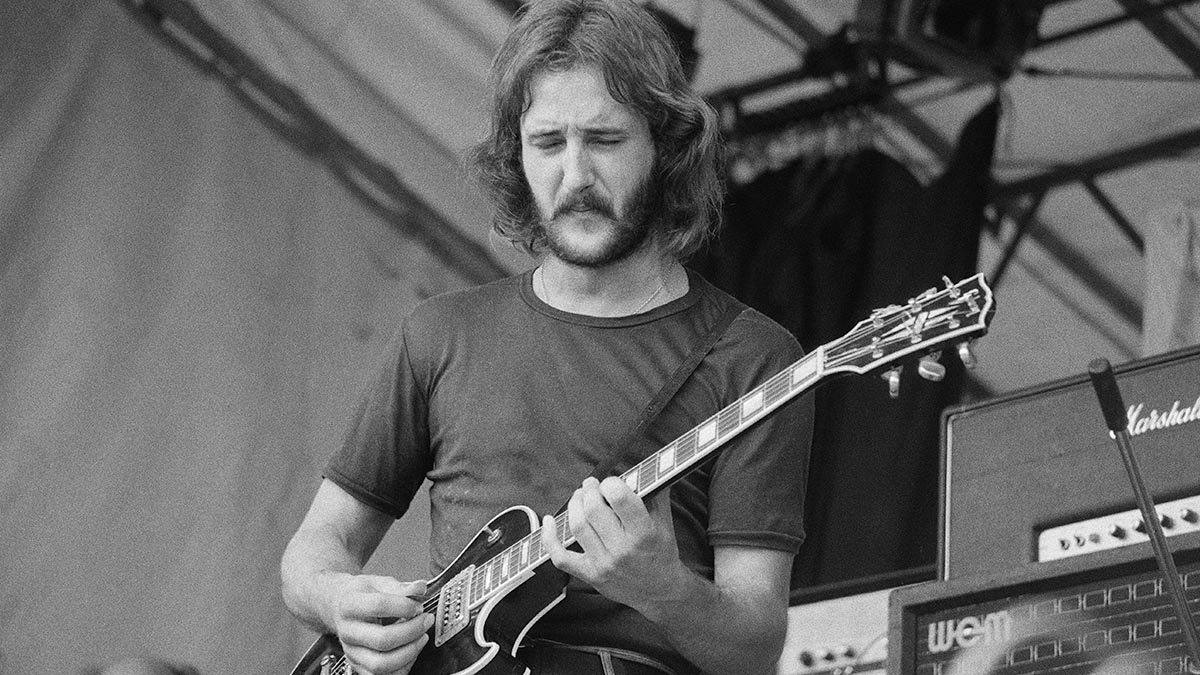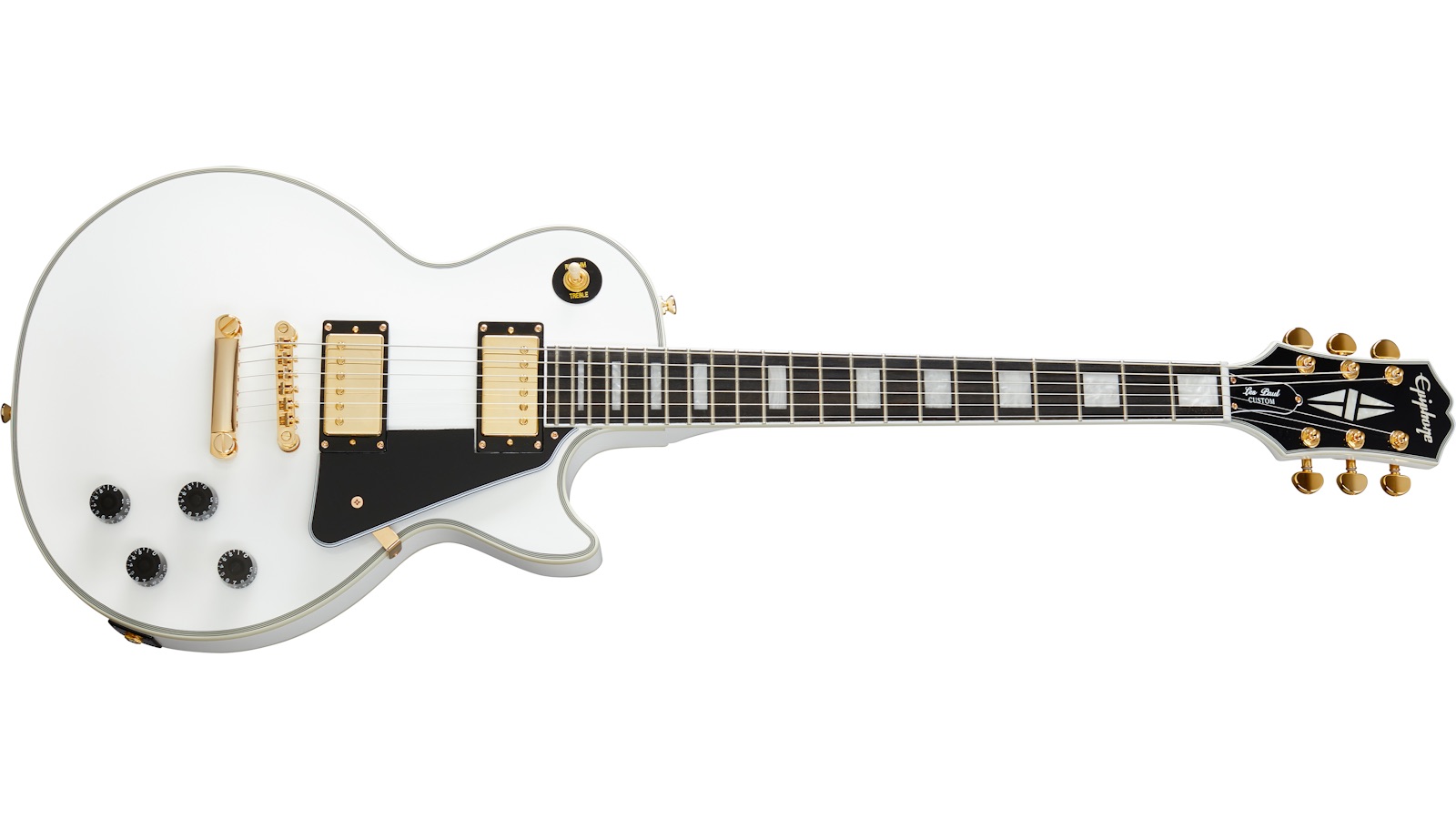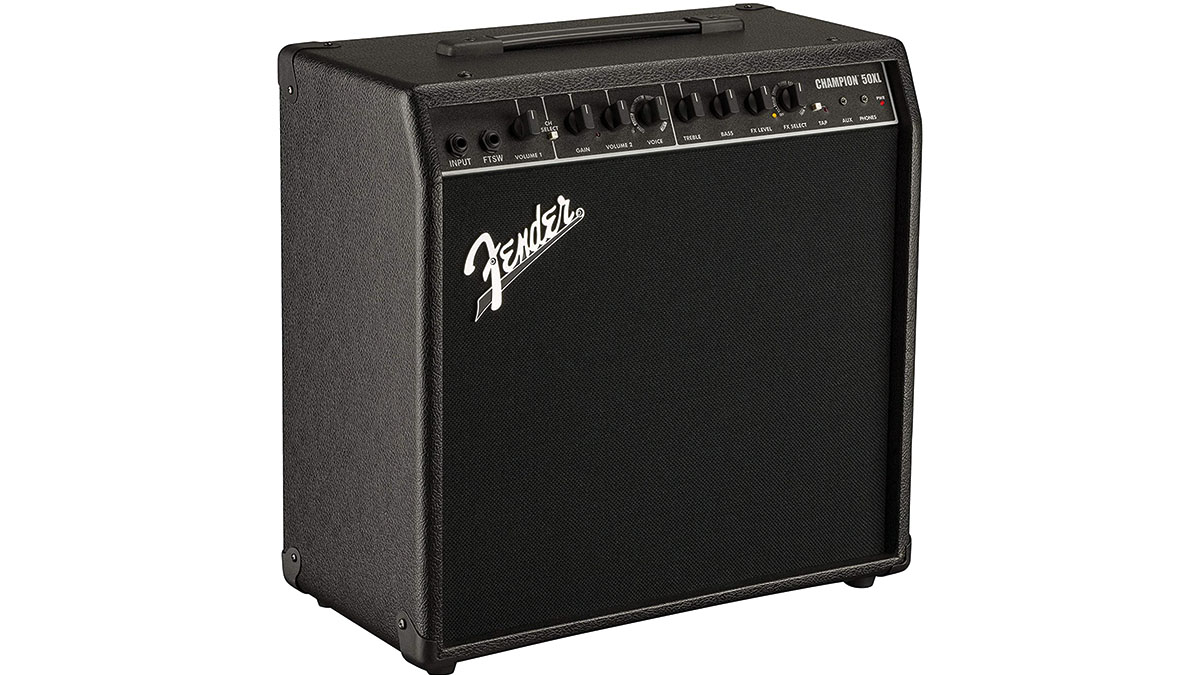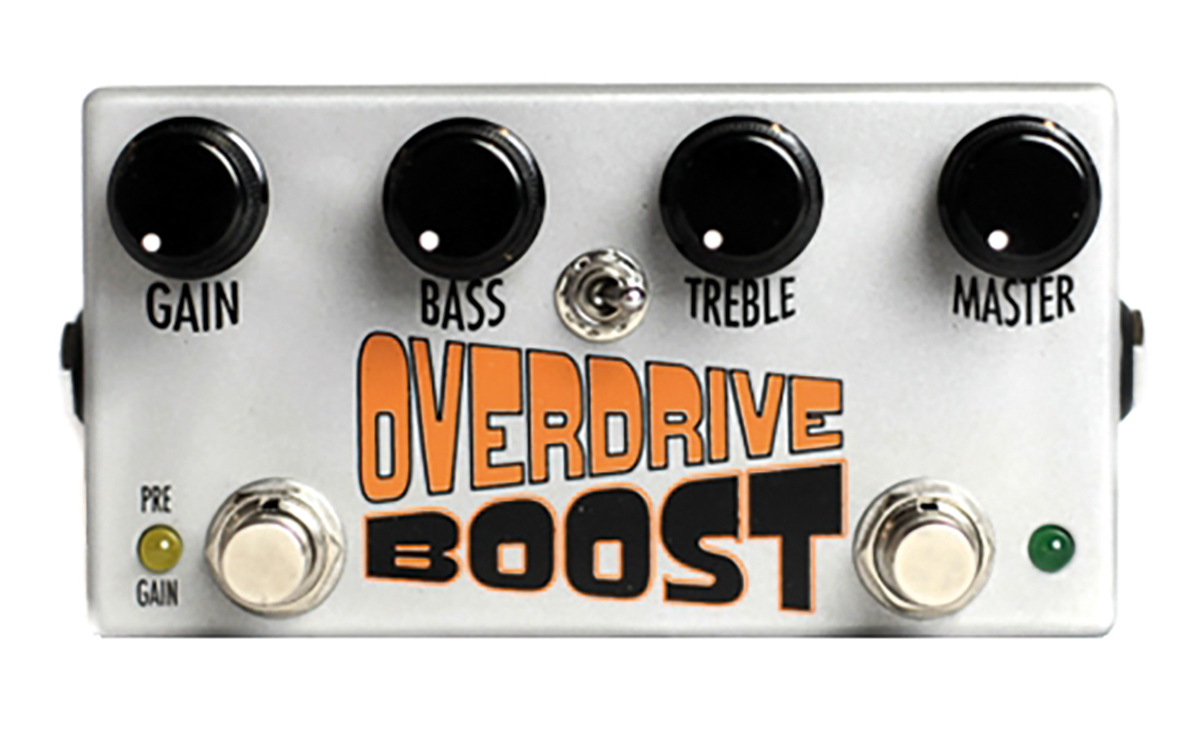The secrets behind Jan Akkerman's guitar tone on Hocus Pocus by Focus
How an unpopular solid-state Fender amp gave the 1971 prog classic the grit and clarity it needed

Trivia question: who was the first Dutch guitarist to record a song called Eruption?
The answer is not Edward Van Halen, but rather Jan Akkerman, who recorded Eruption with his band Focus in 1971 for the album Moving Waves (titled Focus II in Europe), although Focus’ song was a sprawling 23-minute prog-rock concerto based on the tale of Orpheus and Euridice instead of a blazing solo showcase.
Akkerman’s performance on Eruption is certainly dazzling, but the song that mesmerized fans of Euro shred guitar long before Schenker, Roth, Van Halen, Malmsteen, et al. is the album’s scorching opening track, Hocus Pocus.
Driven by a heavy distorted guitar riff punctuated by jazzy major 7th chords and ripping hyperspeed solos that explored harmonic minor and Hungarian minor scales, Hocus Pocus was a showcase for Akkerman’s proto-shred style back when Ritchie Blackmore was still noodling around the pentatonic box.
In between the riffs and solos were a bizarre assortment of auditory oddities, including yodeling, flute playing and whistling accompanied by accordion. An edited version of the song became a Top 10 hit single in the U.S. in 1973 and was certainly the last time an instrumental guitar song with accordion, flute and yodeling charted on the Billboard 100.
Despite using a rig that was better suited to mostly clean jazz-inspired tones, Akkerman crafted a wonderfully gritty distortion and razor-sharp treble that was as heavy and metal as Blackmore, Iommi or Page back in the day.
Surprisingly, Akkerman created his glorious tones by using a solid-state Fender SS1000/XFL1000 Super Showman, from Fender’s much-reviled solid-state line of amps that were largely to blame for the CBS era’s bad reputation.
Get The Pick Newsletter
All the latest guitar news, interviews, lessons, reviews, deals and more, direct to your inbox!
GUITAR: Late-'60s Gibson Les Paul Custom (bridge pickup), Volume: 10, Tone: 10
AMPS: 1970 Fender SS1000 Super Showman preamp head (Channel 1, Volume: 7, Fuzz: 0, Bass: 3, Mid: 7, Treble: 9, Bright: On, Master: 6) with two XFL1000 4x12 power amp/speaker cabinets with Oxford speakers
EFFECTS: Colorsound Power Boost (Treble: 7, Bass: 2, Volume: 2)
STRINGS/TUNING: Ernie Ball Extra Slinky .008, .011, .014, .022, .030, .038/Standard
PICK: Herco Gold light
The Super Showman consisted of a three-channel preamp head with built-in effects like fuzz, tremolo, reverb and Dimension IV “oil can” rotary and a power amp/speaker cabinet unit.
Akkerman’s distortion didn’t come from the built-in fuzz but rather from a Colorsound Power Boost – one of the very first overdrive pedals ever produced. Akkerman’s axe for the sessions was a late-'60s Les Paul Custom with stock humbuckers (he later installed Gretsch Filter’trons) and ultra-light .008-.038 strings.
Tube amp purists may scoff at Akkerman’s rig, but by running the Super Showman clean and getting distortion from the Power Booster, he was able to dial in a wonderfully aggressive grit and grind that maintained perfect clarity and note-to-note definition for the major 7 chords.
The amp’s bright switch and high treble settings on the amp and Power Boost make Akkerman’s Les Paul almost sound like a Strat. A few overdubs were recorded with the guitar plugged into channel 3 to exploit its lush spring reverb.
Get the sound – cheap!
Epiphone Les Paul Custom

Fender Champion 50XL

Throback Overdrive Boost

Tone tip: The Throbak isn’t cheap, but its tone controls and overdrive flavor nail Akkerman’s Colorsound tone. However, a less-expensive overdrive like a Boss SD-1, Electro-Harmonix Hot Tubes Nano or MXR Distortion+ can also put you in the ballpark.
Chris is the co-author of Eruption - Conversations with Eddie Van Halen. He is a 40-year music industry veteran who started at Boardwalk Entertainment (Joan Jett, Night Ranger) and Roland US before becoming a guitar journalist in 1991. He has interviewed more than 600 artists, written more than 1,400 product reviews and contributed to Jeff Beck’s Beck 01: Hot Rods and Rock & Roll and Eric Clapton’s Six String Stories.



![[from left] George Harrison with his Gretsch Country Gentleman, Norman Harris of Norman's Rare Guitars holds a gold-top Les Paul, John Fogerty with his legendary 1969 Rickenbacker](https://cdn.mos.cms.futurecdn.net/TuH3nuhn9etqjdn5sy4ntW.jpg)







